The Different Types of Jewellery Settings
Jewellery has always been a favourite accessory for men and women alike. Whether it’s a simple pair of earrings or a luxurious diamond necklace, jewellery adds an extra touch of elegance and glamour to any outfit. When it comes to choosing jewellery, the setting is an essential aspect to consider. The setting is the way in which gemstones or other decorative elements are secured in a piece of jewellery. There are various types of jewellery settings, each with its unique design and benefits. In this blog, we will discuss the different types of jewellery settings, including their characteristics and advantages.
Prong Setting
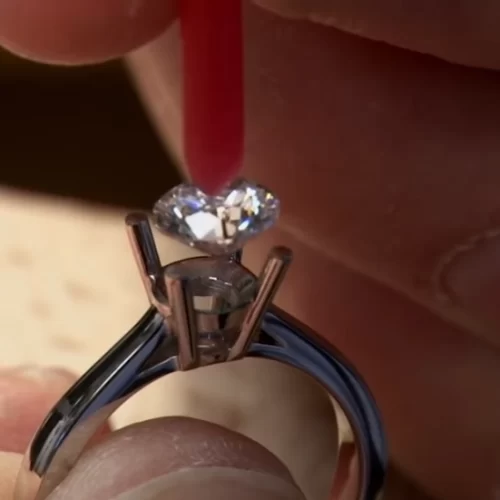
Bezel Setting

A bezel setting encircles the gemstone with a thin strip of metal, holding it securely in place. This type of setting offers a more protective environment for the gemstone, making it less likely to snag on clothing or other objects. Bezel settings are perfect for gemstones with softer or more fragile materials. Examples of jewellery pieces that use bezel settings are pendants, bracelets, and earrings.
Channel Setting
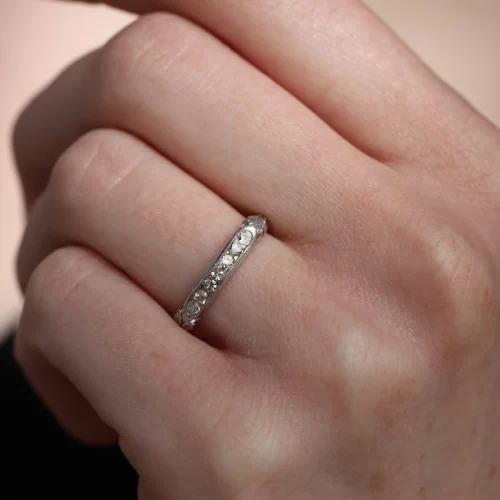
A channel setting features gemstones set in a row between two parallel bands of metal. The gemstones are held in place by the metal, which is grooved to hold the stones securely. This type of setting is perfect for smaller gemstones, such as diamonds or sapphires, and creates a continuous line of sparkle. Examples of jewellery pieces that use channel settings are wedding bands, bracelets, and hoop earrings.
Pavé Setting
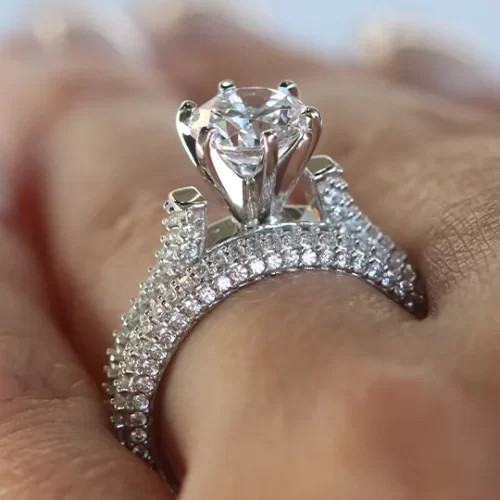
A pavé setting involves the use of small gemstones set close together, with each stone held in place by small prongs or beads of metal. This creates a continuous surface of sparkle on the jewellery piece. Pavé settings are perfect for adding extra sparkle and glamour to a jewellery piece. Examples of jewellery pieces that use pavé settings are cocktail rings, tennis bracelets, and chandelier earrings.
Tension Setting

A tension setting uses the pressure of the metal to hold the gemstone in place, with no prongs or bezels holding it. This creates an illusion of the gemstone floating in the air. Tension settings are ideal for creating a contemporary and unique look. Examples of jewellery pieces that use tension settings are engagement rings, pendant necklaces, and bracelets.
Cluster Setting

A cluster setting features a group of small gemstones set together to create the appearance of a larger gemstone. This type of setting is perfect for creating a bold and eye-catching jewellery piece. Examples of jewellery pieces that use cluster settings are cocktail rings, stud earrings, and pendants.
Flush Setting
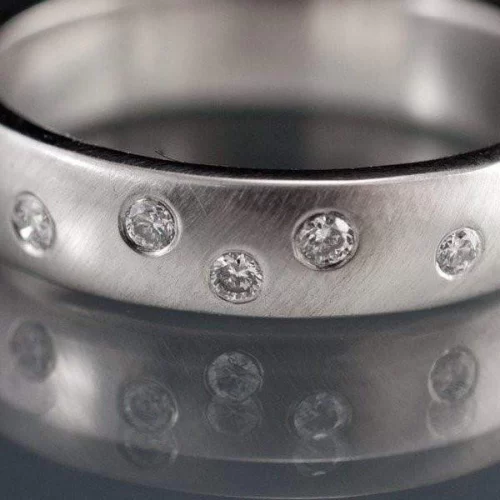
A flush setting involves embedding the gemstone into the metal of the jewellery piece so that the stone sits flush with the surface of the metal. This type of setting is ideal for creating a sleek and modern look. Examples of jewellery pieces that use flush settings are wedding bands, cuff bracelets, and earrings.
Gypsy Setting
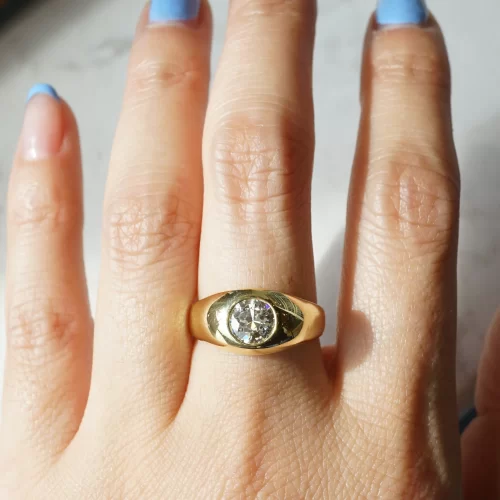
A gipsy setting involves embedding the gemstone into the metal of the jewellery piece, with the metal surrounding the stone and curving up around it. This type of setting is perfect for creating a more organic and natural look. Examples of jewellery pieces that use gypsy settings are bohemian-style rings, bracelets, and pendants.
Bar Setting
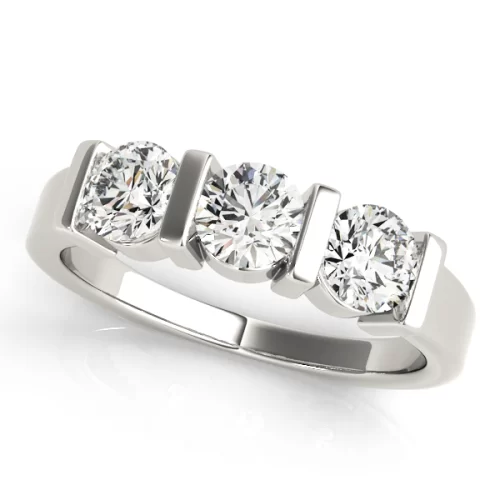
A bar setting involves using small bars of metal to hold the gemstones in place. The bars are placed between each gemstone, with the gemstones sitting slightly above the metal. This type of setting is perfect for creating a clean and modern look, as well as offering excellent protection for the gemstones. Examples of jewellery pieces that use bar settings are eternity rings, bracelets, and stud earrings.
Halo Setting

A halo setting involves surrounding a centre stone with a ring of smaller stones, creating a halo effect. The smaller stones can be set using various techniques, such as prong or pavé settings. This type of setting is perfect for creating a more dramatic and sparkly look, as the smaller stones enhance the brilliance of the centre stone. Halo settings are commonly used in engagement rings and pendants.
There are various types of halo settings, including single halo, double halo, and cushion halo. A single halo involves one ring of smaller stones surrounding the centre stone, while a double halo has two rings of smaller stones. Cushion halos, on the other hand, feature a square or rectangular halo of smaller stones around a centre stone with rounded edges.
Choosing the right jewellery setting is essential to create a piece that not only looks beautiful but also protects the gemstones from damage. Each type of jewellery setting has its unique characteristics and benefits. From the classic prong setting to the modern tension setting, there are various options to choose from depending on the look and purpose of the jewellery piece. By understanding the different types of jewellery settings, you can make an informed decision when choosing your next piece of jewellery.
Related Questions & Answers
What is the most common type of jewellery setting?
The most common type of jewellery setting is the prong setting. This setting is used in various types of jewellery pieces, such as diamond engagement rings, stud earrings, and solitaire necklaces.
What type of setting is ideal for softer gemstones?
A bezel setting is ideal for softer gemstones, as it offers a more protective environment and reduces the risk of damage.
What type of setting is perfect for creating a modern and sleek look?
A flush setting is ideal for creating a modern and sleek look, as the gemstone is embedded into the metal of the jewellery piece and sits flush with the surface.
Is a halo setting suitable for everyday wear?
Yes, halo settings are suitable for everyday wear as they offer added protection to the centre stone and are durable enough to withstand daily wear and tear.
What are the best setting used in diamond jewellery?
Halo setting & cluster are best suited for diamond jewellery. They are the common setting used in diamond jewellery making process.
